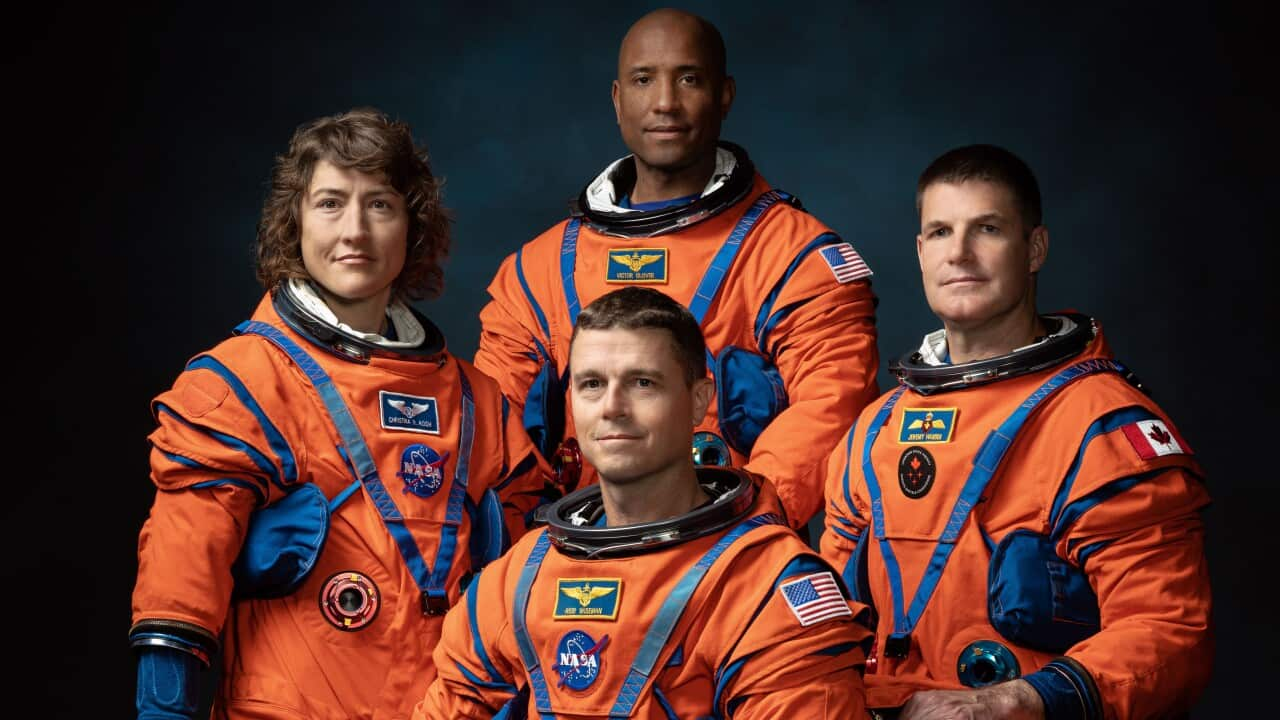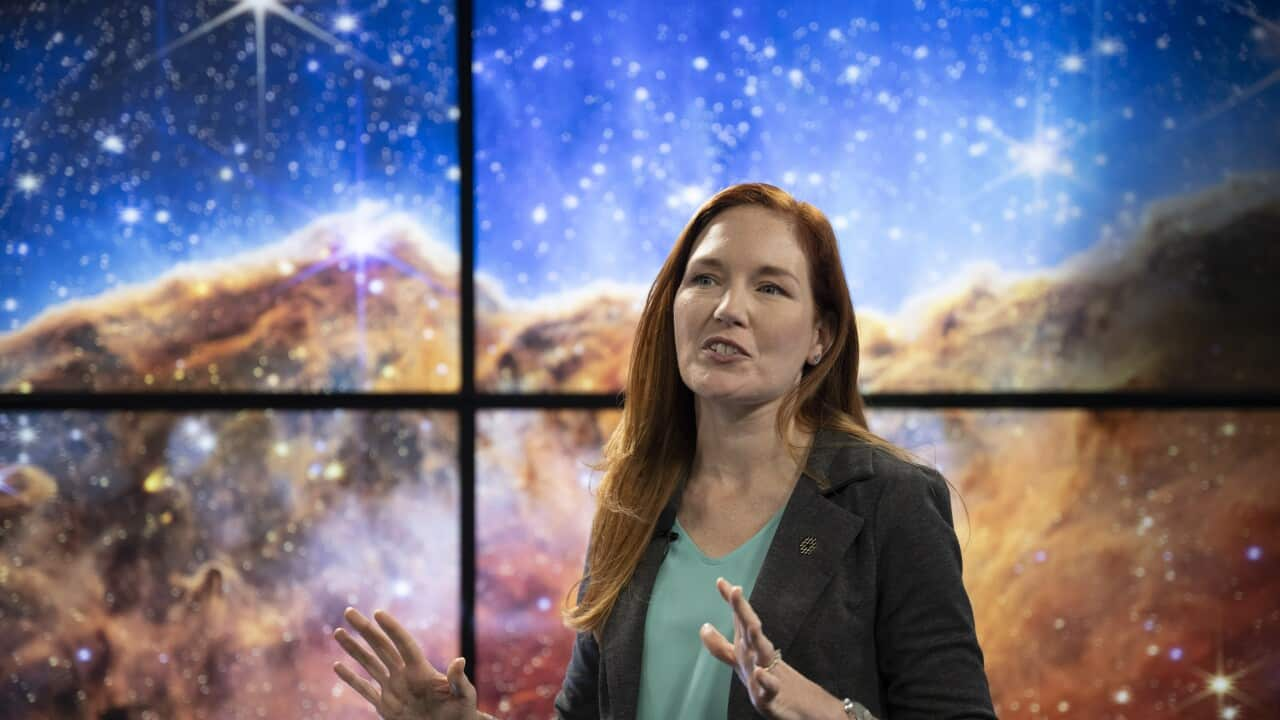Key Points
- NASA has announced the crew for the Artemis II launch - its first human mission to the Moon since 1972.
- The crew includes the first woman and Black man to participate in a lunar flight.
- The Artemis program aims to establish a lasting presence on the moon and eventually launch a voyage to Mars.
NASA unveiled the crew for its first human mission to the Moon in more than 50 years - including the first woman and black man to participate in a lunar flight.
Christina Koch, a NASA astronaut who holds the record for the longest single spaceflight by a woman, will be a mission specialist on next year's Artemis II flight around the Moon.
NASA's Victor Glover, a naval aviator, will pilot the Orion spacecraft that circles the Moon in November 2024, becoming the first black man to take part in a lunar mission.
Rounding out the crew are veteran NASA astronaut Reid Wiseman, 47, the mission commander, and Jeremy Hansen, also 47, a former fighter pilot now with the Canadian Space Agency.
The three Americans and one Canadian will become the first astronauts to venture that deep into space since the historic Apollo missions ended in 1972.
The Artemis II flight is a prelude to returning humans to the Moon for the first time in a half-century and an eventual mission to Mars.
The three American astronauts have all spent time on the International Space Station (ISS) while Hansen, the Canadian mission specialist, will be making his first space flight.
The four astronauts, dressed in blue flight suits, were introduced by NASA administrator Bill Nelson at an event at the Johnson Space Center in Houston.
"The largest, most powerful rocket in the world is going to propel them onward and upward into the heavens," Mr Nelson said. "We choose to go back to the Moon and then on to Mars."
Ms Koch, 44, an electrical engineer, holds the record for the longest consecutive time spent in space by a woman - 11 months - and took part in the first all-female spacewalks while on the ISS.
"Am I excited?" Ms Koch said. "Absolutely!"
The 46-year-old Mr Glover said Artemis II is "more than a mission to the Moon and back."
"It is the next step that gets humanity to Mars," he said.
Mr Wiseman, the mission commander, said the diverse crew was made up of "exceptional operators."
"We're just all professional explorers," he told AFP.
"We are representing our nation," Mr Wiseman said, but "we need the entire world to go along with us."

NASA says their new Space Launch System rockets used in the Artemis missions are the most powerful rockets they've ever built and will enable astronauts to journey "far into the solar system". Source: Tribune News Service / Joe Burbank / Orlando Sentinel
Mars by 2040
Francois-Philippe Champagne, Canada's minister of innovation, science and industry, attended the event and said his country "could not be more proud" to have a Canadian on the crew for the flight.
As part of the Artemis program, NASA aims to send astronauts to the Moon in 2025 -- more than five decades after the final Apollo mission.
Besides putting the first woman and first person of colour on the Moon, the US space agency hopes to establish a lasting human presence on the lunar surface and eventually launch a voyage to Mars.
Mr Nelson, the NASA chief, has said he expects a crewed mission to Mars by the year 2040.
The 10-day Artemis II mission will test NASA's powerful Space Launch System rocket as well as the life-support systems aboard the Orion spacecraft.
The first Artemis flight wrapped up in December with an uncrewed Orion capsule returning safely to Earth after a 25-day journey around the Moon.
During the trip around Earth's orbiting satellite and back, Orion logged well over a million miles (1.6 million kilometres) and went farther from Earth than any previous habitable spacecraft.
Only 12 people - all of them white men - have set foot on the Moon.











